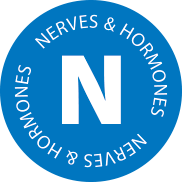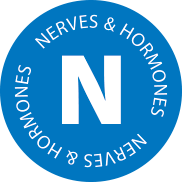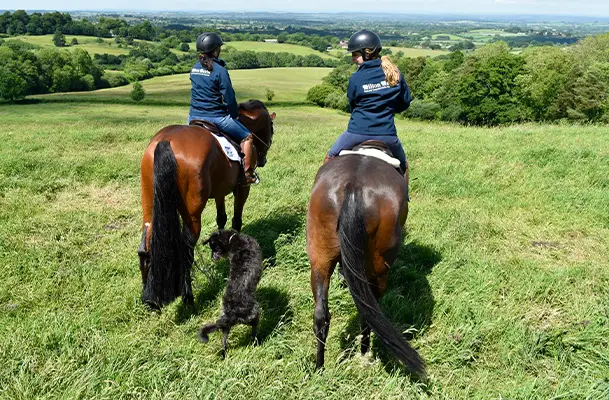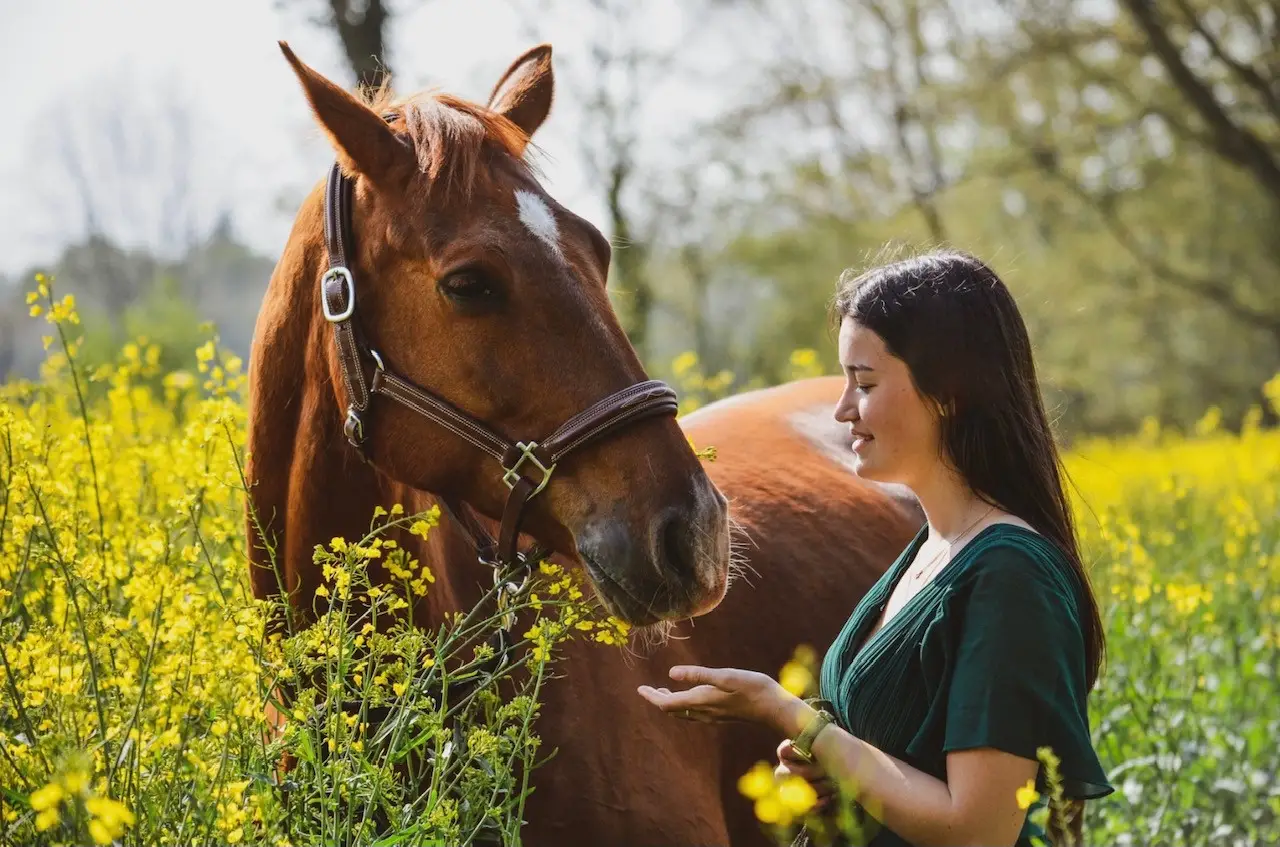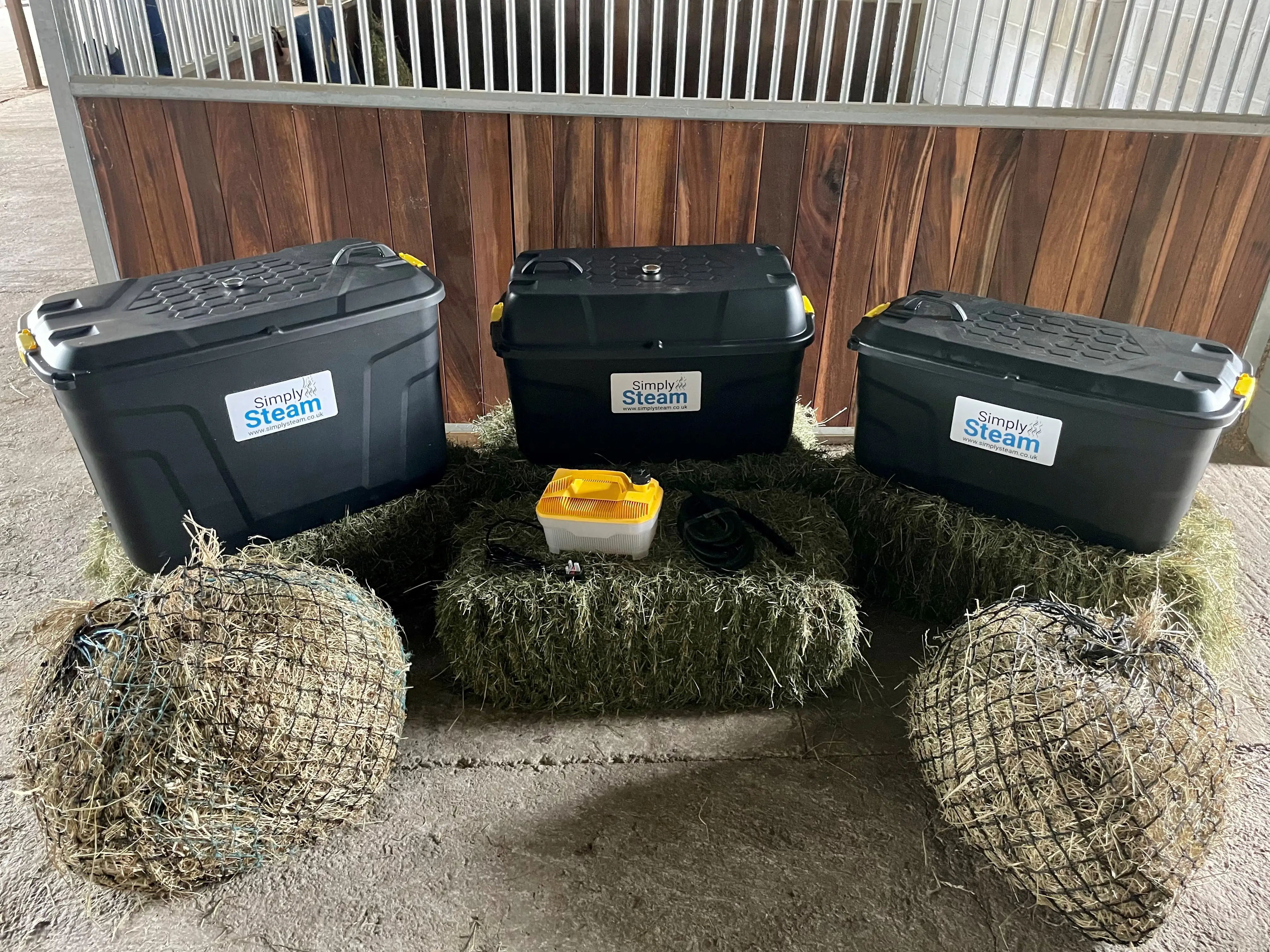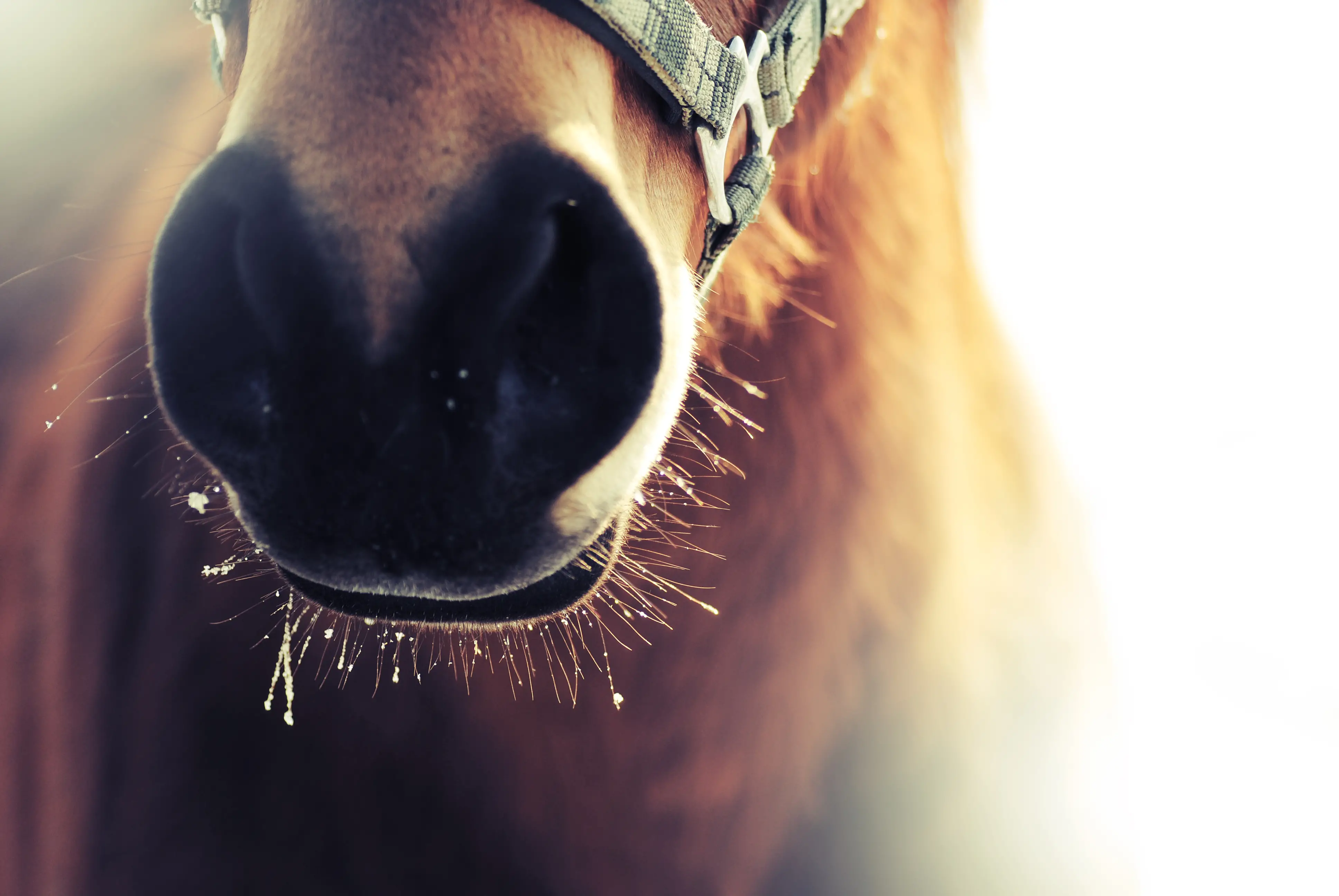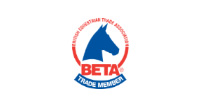26 April
Why should we do hill work with our horses?
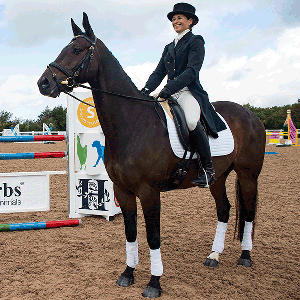 Kate Jupp
Kate Jupp
Kate Jupp
Kate Jupp
Why should we seek out hills or big slopes to ride our horses on?
From strengthening to suppling, incorporating regular hill work into your horse’s schooling regime can reap rewards, regardless of discipline you compete in. Working on a gradient provides a form of fitness work that increases the heart rate with reduced concussion going up hills compared to on the flat. Any new work should be introduced gradually to avoid injury
Physical benefits of slow hill work
Working uphill
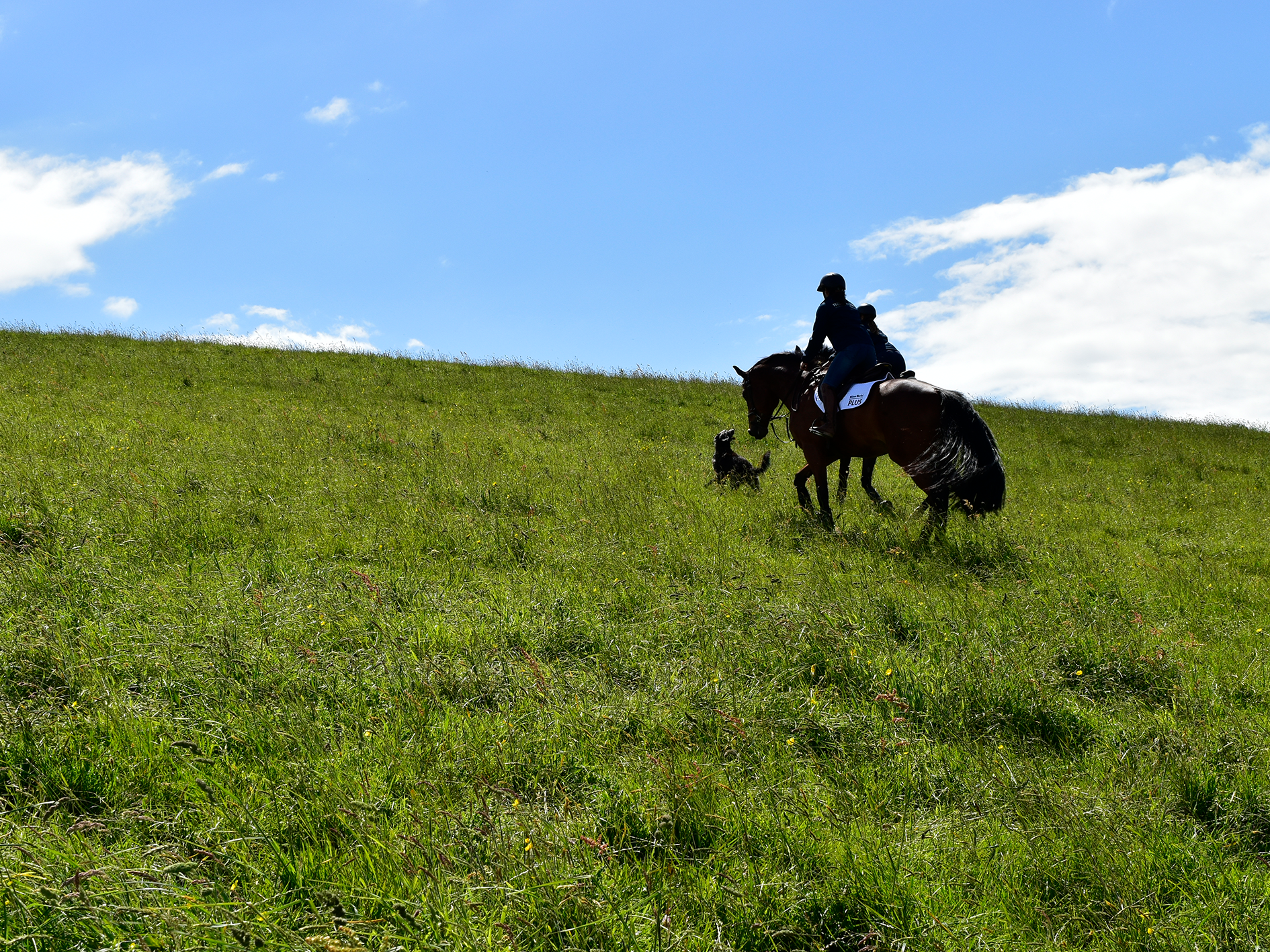
- With regular hill work you’ll start to see back muscle and topline develop
- Working a horse on an incline helps to strengthen the back and abdominal muscle and also the hindlimb musculature. Walking uphill improves the hindlimb muscles ability to act as shock absorbers, which may serve a protective function for the joints in the hindlimbs (Rebecca Paulekas and Kevin Haussler, 2009).
- Hill work really increases respiratory fitness. Take time building up to extended periods of hill work, even walking and doing a slow, steady trot up a fairly steep hill can get your horse huffing and puffing quite quickly.
Working Downhill
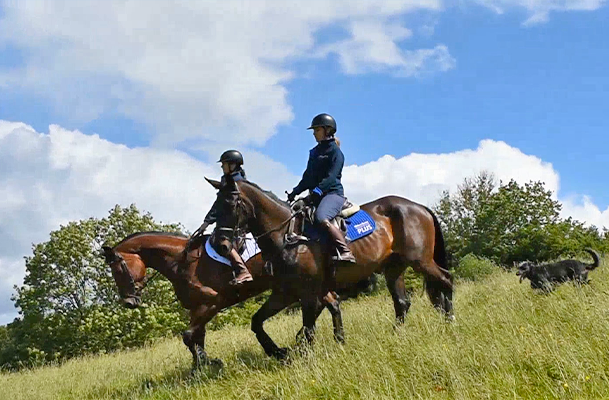
- Make sure you walk down the hills
- Working on a decline encourages increased range of movement of the joints in the hindlimb and the protraction muscles, that bring the leg forward, work eccentrically provides a braking effect to control the speed of the descent (Hillary Clayton, 2016).
- Walking gives a natural break for interval training – “interval training is simply alternating short burst of intense exercise with low intensity recovery periods”
- Avoid trotting or cantering downhill as much as possible as it is strenuous on joints
- With a younger or weaker horse zig zag down the hill, this reduces load on the joints and a good pattern for any horse with weak stifles
Working across hills
- You can work across hills or slopes to help a horse that is stiffer or weaker to one side, helping even muscle development.
Useful reading:
- Mobility supplements for competing
- Supplement guide for the competition horse
- Why our horses need salt
Stepping up the pace
- Slow cantering really makes the horses push from behind and encourages the horse to work in an uphill canter, lightening the forehand
- Canter work is suitable for a horse that is already conditioned to hill work
- The speed that you can go will relate to the level of training of your horse
- In the earlier stages stay off their back and allow a working canter
- With a horse that is more condition to hill work is and for those training at a higher level we can start to sit lightly in the saddle and slow the canter
The Fun factor
- Have some fun and let them pick their own pace towards the end of the session up one of the more gentle inclines
- Variety keeps your horse from becoming sour and switched off
Take Away
- Switching up terrain and pace is great to develop soft tissues and muscles which can help prevent injuries
- Hill work can help teach a horse to move more freely, articulate the joints and stretch over his back
- Plus it’s great for proprioception, what better way to teach your horse to be surefooted
Our product Suggestions:

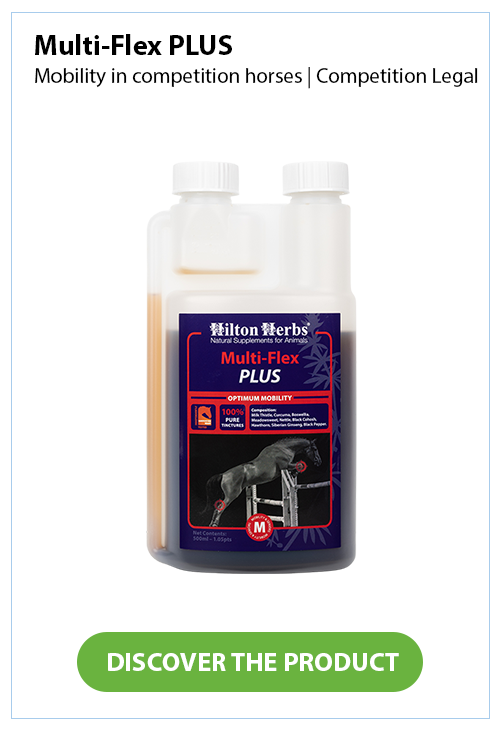
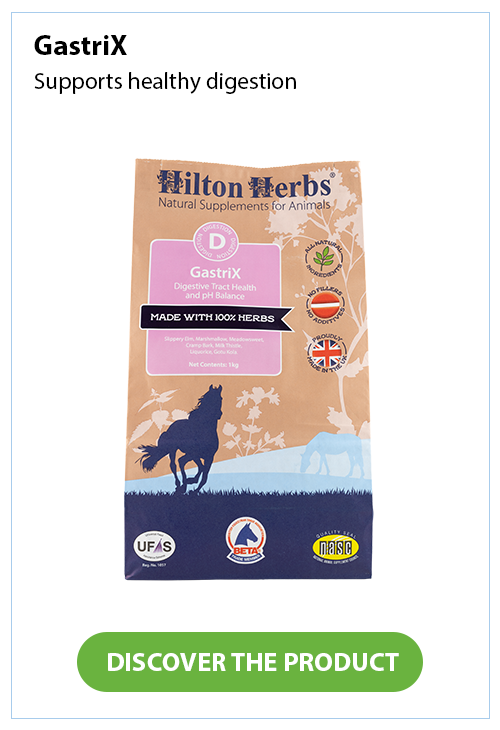
References
Paulekas, R. A., & Haussler, K. K. (2009). Effects of a 10-week conditioning program on horses exercised on a high-speed treadmill and on pasture. American Journal of Veterinary Research, 70(7), 932-940.
Paulekas, R. A., & Haussler, K. K. (2016). Effects of hill work on stride parameters, limb muscle power output, and cardiorespiratory fitness in healthy horses. American Journal of Veterinary Research, 77(10), 1087-1095.
Clayton, H. M., Lavagnino, M., Kaiser, L. J., & Stubbs, N. C. (2016). The effects of uphill and downhill exercise on the mechanical properties of the equine superficial digital flexor tendon. Veterinary Journal, 208, 57-62.
 About Kate Jupp
Kate Jupp
About Kate Jupp
Kate Jupp













